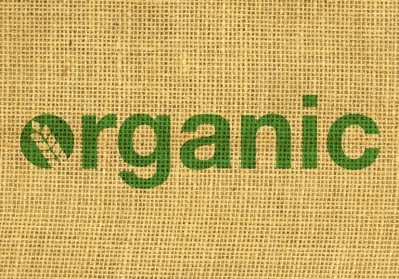Study supports effectiveness of school fruit schemes

Scientists at the University of Bonn and the University of Koblenz-Landau found that if elementary school children are provided with free fruit “several times a week” in school they consume “considerably more” of this food group.
The results of the study, to be presented in the Journal of Public Health Nutrition, suggest that fruit and vegetable consumption is increased even on days when the children are not provided with free access to this food group.
“The frequency of fruit and vegetable consumption of the participating children increases significantly,” noted Julia Haß, doctoral student at the Institute for Food and Resource Economics (ILR) of the University of Bonn.
“The participating students consumed fruit and vegetables much more frequently, even on days without school fruit distribution,” added Professor Dr. Monika Hartmann from the ILR.
The study also provided what researchers described as “initial indications” that participation in the school fruit schemes can have a “positive long-term influence” on children’s nutritional habits.
Overall, researchers interviewed more than 800 third- and fourth-graders at twelve elementary schools in North Rhine-Westphalia.
The students were divided into three groups: Some of the children received school fruit and vegetables three days a week, another group on two days and the control group did not participate in the school fruit program at all.
Students completed questionnaires about the food and drink consumed the previous day and their nutritional knowledge before the study began and again after one year. In order to reliably measure the average frequency of fruit and vegetable consumption, the survey was repeated twice at each time of measurement.
Does level of access boost consumption?
The research found that children who were provided with fruit in school two and three times per week saw a “significant” increase in overall consumption after one year.
Researchers nevertheless posited that frequency of exposure plays a role in determining consumption trends.
“There was a tendency for children who use the voluntary after-school care program to benefit more from school fruit deliveries,” noted Haß. However, this effect applied only to children provided with two school fruit days per week and can be explained by the fact that the leftover fruit and vegetables from the morning are passed on to the after-school care program, the researchers concluded.
With three school fruit days a week, all children benefit on a comparable scale as the schools distributed leftover fruit and vegetables in the classes the following morning.
“In principle, the EU School Fruit and Vegetable Scheme is a useful nutritional measure to increase the fruit and vegetable consumption of elementary school children,” Haß commented.
The distribution of school fruit on only two days a week appears “attractive at first”, as more children could be reached with the same budget. Nevertheless, this option must also be “considered critically”, as not all participating children are supported to the same extent, the study noted.
With regard to the prevention of obesity, the overall nutritional behavior beyond the consumption of fruit and vegetables should be taken into account, according to the researchers.
EU support for school fruit and veg schemes
The European Union has been providing financial support for school fruit schemes since 2009. The aim is to increase children's fruit and vegetable consumption and thereby contribute to the development of a healthy lifestyle.
North Rhine-Westphalia is one of seven federal states that have been participating from the beginning and also support the scheme with state funds.
The strategy for the state's schools initially envisaged the distribution of school fruit and vegetables five times per week. In order to enable more schools to participate, it was decided from the school year 2012/13 onwards to reduce the distribution to three days per school week.
Source Journal of Public Health and Nutrition
DOI: 10.1017/S1368980017003949
“Does the distribution frequency matter? A subgroup specific analysis of the effectiveness of the EU School Fruit and Vegetable Scheme in Germany comparing twice and thrice weekly deliveries”
Authors: Julia Haß, Tanja Lischetzke and Monika Hartmann

















